Stem-cell therapy for hearing loss: are we there yet?
Date
2019-07Author
Dufner-Almeida, Luiz Gustavo
Author
Cruz, Dayane Bernardino da
Author
Mingroni Netto, Regina Célia
Author
Batissoco, Ana Carla
Author
Oiticica, Jeanne
Author
Salazar-Silva, Rodrigo
xmlui.dri2xhtml.METS-1.0.item-type
Artigo
Metadata
Show full item recordAbstract
INTRODUCTION: Mammalian hair cells and auditory neurons do not show regenerative capacity. Hence, damage to these cell types is permanent and leads to hearing loss. However, there is no treatment that re-establishes auditory function. Regenerative therapies using stem cells represent a promising alternative. OBJECTIVE: This article aims to review the current literature about the main types of stem cells with potential for application in cell therapy for sensorineural hearing loss, the most relevant experiments already performed in animals, as well as the advances that have been recently made in the field. METHODS: Research included the databases PubMed/MEDLINE, Web of Science, Science Direct and SciELO, as well as gray literature. Search strategy included the following main terms: “stem cells”, “hair cells” and “auditory neurons”. Additionally, the main terms were combined with the following secondary terms: “mesenchymal”, “iPS”, “inner ear”, “auditory”. The research was conducted independently by three researchers. RESULTS: Differentiation of stem cells into hair cells and auditory neurons has a high success rate, reaching up to 82% for the first and 100% for the latter. Remarkably, these differentiated cells are able to interact with hair cells and auditory neurons of cochlear explants through formation of new synapses. When transplanted into the cochlea of animals with hearing loss, auditory restoration has been documented to date only in deafferented animals. CONCLUSION: Advances have been more prominent in cases of auditory neuropathy, since partial improvement of auditory nerve conditions through cell-based therapy may increase the number of patients who can successfully receive cochlear implants.
xmlui.dri2xhtml.METS-1.0.item-title-alternative
Braz J Otorhinolaryngol. 2019 Jul - Aug;85(4):520-529. doi: 10.1016/j.bjorl.2019.04.006.
xmlui.dri2xhtml.METS-1.0.item-source-uri
https://doi.org/10.1016/j.bjorl.2019.04.006Subject
Cellular therapy Stem cells Hair cells Auditory neurons
Collections
- Artigo [10]

